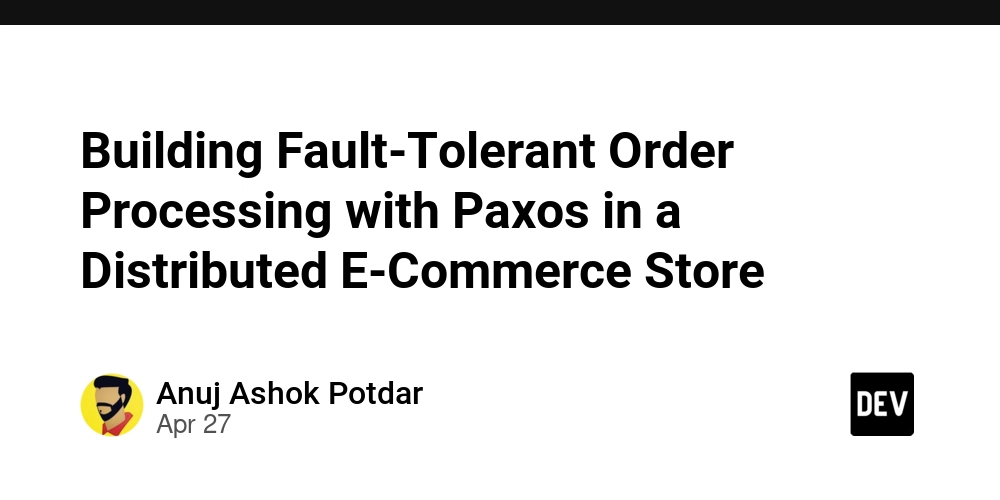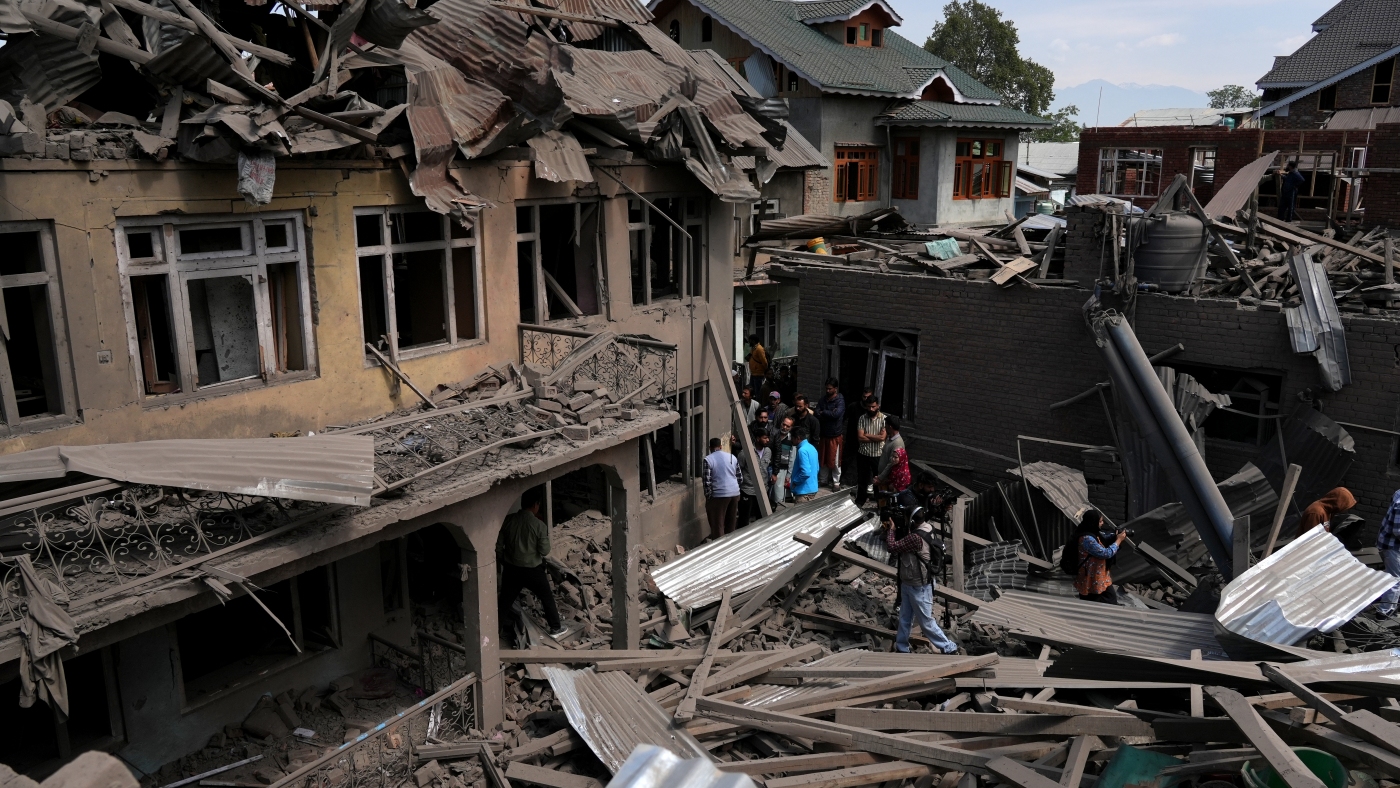Why Can’t a WAF Protect Against Layer 4 Attacks?
Understanding the Role of a WAF A Web Application Firewall (WAF) is specifically designed to protect web applications by monitoring and filtering HTTP/HTTPS traffic at Layer 7 of the OSI model, also known as the Application Layer. Its primary focus is to defend against attacks like: SQL injection Cross-site scripting (XSS) File inclusion Other web application vulnerabilities Since WAFs operate at Layer 7, they inspect and analyze the content of web requests and responses. However, Layer 4 attacks target the Transport Layer (TCP/UDP connections) and typically do not involve HTTP traffic. As a result, a traditional WAF cannot detect or mitigate Layer 4 threats. Are There Any WAFs That Can Protect Against Layer 4 Attacks? Some modern "next-generation" security solutions bundle WAF capabilities with network-layer (Layer 3/4) protection, but a pure WAF alone does not defend against Layer 4 attacks. To defend against Layer 4 threats, organizations typically deploy: Dedicated DDoS protection services (e.g., Cloudflare Magic Transit, AWS Shield Advanced) Network firewalls with advanced packet filtering Intrusion Prevention Systems (IPS) Load balancers with built-in DDoS defense How Should I Protect Against Layer 4 Attacks? Here are recommended strategies: 1.Deploy DDoS Mitigation Services Use cloud-based or on-premises solutions designed for Layer 3/4 volumetric attacks. Examples: Clo udflare, Akamai, Radware, Imperva. 2.Harden Firewalls and Apply ACLs Limit unnecessary TCP/UDP ports. Set up rate limiting and connection thresholds. 3.Use Redundancy and Scaling Deploy services across multiple data centers or availability zones. Implement smart load balancing to absorb and reroute high traffic loads. 4.Monitor Network Traffic Monitor with tools like NetFlow, sFlow, or specialized traffic analysis platforms. Detect abnormal spikes early. 5.Harden Infrastructure Keep servers and network devices updated. Apply TCP/IP stack hardening best practices. Conclusion A WAF is crucial for Layer 7 application security, but cannot defend against Layer 4 attacks. To build a complete security strategy, organizations must combine WAFs with Layer 3/4 DDoS protection and strong network security practices. Choosing the right combination of technologies is key to ensuring a resilient and secure infrastructure.

Understanding the Role of a WAF
A Web Application Firewall (WAF) is specifically designed to protect web applications by monitoring and filtering HTTP/HTTPS traffic at Layer 7 of the OSI model, also known as the Application Layer.
Its primary focus is to defend against attacks like:
- SQL injection
- Cross-site scripting (XSS)
- File inclusion
- Other web application vulnerabilities
Since WAFs operate at Layer 7, they inspect and analyze the content of web requests and responses. However, Layer 4 attacks target the Transport Layer (TCP/UDP connections) and typically do not involve HTTP traffic.
As a result, a traditional WAF cannot detect or mitigate Layer 4 threats.
Are There Any WAFs That Can Protect Against Layer 4 Attacks?
Some modern "next-generation" security solutions bundle WAF capabilities with network-layer (Layer 3/4) protection, but a pure WAF alone does not defend against Layer 4 attacks.
To defend against Layer 4 threats, organizations typically deploy:
- Dedicated DDoS protection services (e.g., Cloudflare Magic Transit, AWS Shield Advanced)
- Network firewalls with advanced packet filtering
- Intrusion Prevention Systems (IPS)
- Load balancers with built-in DDoS defense
How Should I Protect Against Layer 4 Attacks?
Here are recommended strategies:
1.Deploy DDoS Mitigation Services
- Use cloud-based or on-premises solutions designed for Layer 3/4 volumetric attacks.
- Examples: Clo udflare, Akamai, Radware, Imperva.
2.Harden Firewalls and Apply ACLs
- Limit unnecessary TCP/UDP ports.
- Set up rate limiting and connection thresholds.
3.Use Redundancy and Scaling
- Deploy services across multiple data centers or availability zones.
- Implement smart load balancing to absorb and reroute high traffic loads.
4.Monitor Network Traffic
- Monitor with tools like NetFlow, sFlow, or specialized traffic analysis platforms.
- Detect abnormal spikes early.
5.Harden Infrastructure
- Keep servers and network devices updated.
- Apply TCP/IP stack hardening best practices.
Conclusion
A WAF is crucial for Layer 7 application security, but cannot defend against Layer 4 attacks.
To build a complete security strategy, organizations must combine WAFs with Layer 3/4 DDoS protection and strong network security practices.
Choosing the right combination of technologies is key to ensuring a resilient and secure infrastructure.









































































